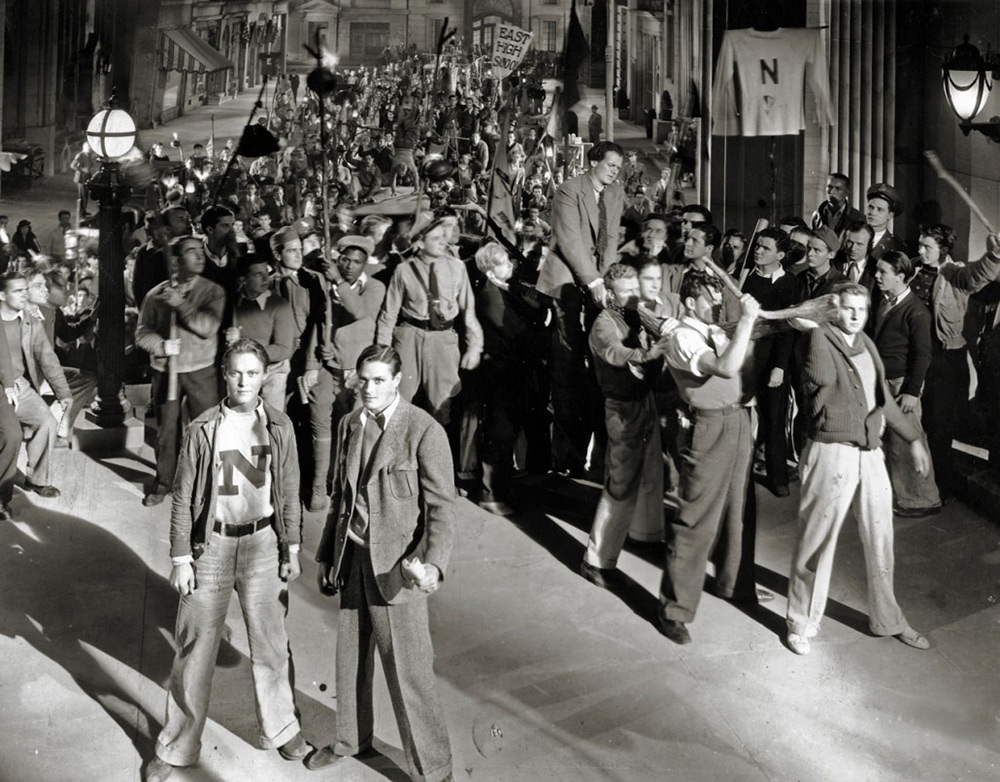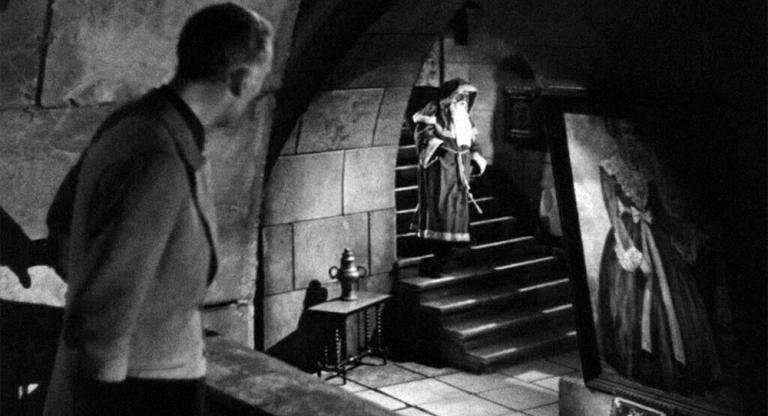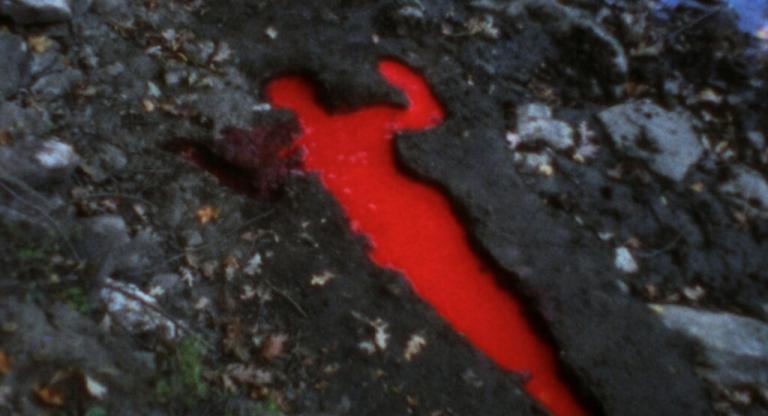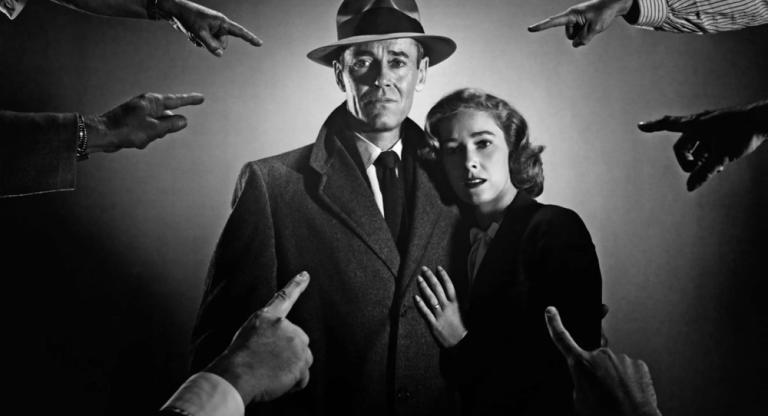Halfway through the second, maybe third, decade of our “needing to talk about” the crises facing American young men is the perfect time to check in with Cecil B. DeMille’s 1933 Teen Power fantasy This Day and Age. As fascism gained steam in Europe and the teenager hadn’t yet been invented, DeMille released his fifth sound feature, which pits a multiethnic gang of proto-Archies against sniveling racketeers with an entire Anytown, USA in their pockets. The milk-fed might and spotless purity of youth are pitched as the ultimate bulwarks against organized crime, but to our contemporary delight DeMille overindulges his conceit and unintentionally displays the calamity hibernating in the gonads of every would-be Brownshirt, Jihadi, and Proud Boy.
DeMille splays his story across every set on the Paramount lot save an Old West saloon, fashioning a simulacrum of American civic life that’s every place and no place. The diverse student body of North High School live in brownstones with comically palatial interiors a few blocks from a sleepy town square. They enjoy an airy campus bathed in natural light, and hang out after school with Herman, a Jewish tailor proud of his colorblind culinary skills that keep immigrant customers free from homesickness. Whether producer-director DeMille was merely being resourceful or intentionally stitched together an incoherent patchwork of ideals is tough to say.
Much clearer is his compulsion for demonstrative imagery. Like many films of the era, This Day and Age has the visual grammar of silent cinema with largely perfunctory sound accompaniment. When the story needs a push, DeMille unleashes exuberant montages that dissolve between hurried footsteps, emphatic hands, clocks, and beleaguered faces. When not zipping between snapshots of enervating modernity, he’s shoehorning his trademark penchant for sentimental spectacle in tight corners, such as a camera expressionistically pointed up and then down a ladder. One student’s death agonizingly plays out like the demise of a poisoned monarch.
The action takes place during “Boys Week,” a yearly tradition that has the town functionaries handing over their titles—chief of police, judge, district attorney—to North High’s upperclassmen. Instead of enjoying the fruits of fleeting power, the boys are disgusted to find local gangster Louis Garrett get off scot-free with Herman’s murder after the latter refuses to pay protection money. Their lost innocence curdles into righteous fury at the justice system’s impotence, and the boys hatch an extrajudicial scheme to bring Garrett’s gang down. The effort culminates in Garrett frogmarched before a hooting kangaroo court populated by North, East, West, and South High School students, at least one of whom is armed. Their technique to force a confession from the pleading gangster would not have been out of place at Abu Ghraib. Their eventual, unsettlingly long victory parade runs through the middle of town, soundtracked by fratty singalongs. As in all youth power fantasies, wickedness can only be banished by innocence. But here the innocent discover in their victory a will to power not easily relinquished. DeMille says more about American masculinity than he could have realized. Whether or not one is familiar with this film, not many two-word phrases tighten the spine like “Boys Week.”
This Day and Age screens this evening, June 3, at Nitehawk Prospect Park on 35mm as part of the new series “Pre-Code Parade.”



